|
Breakfasts aren't usually facncy in our house, but when they are, they still need to by easy! This dish takes only a few minutes to prepare (you can even cook the sausage ahead) and it's a hit with everyone, even for dinner! Enjoy!
These proportions work in a 9x13 pan, but you can easily cut the recipe in 1/2 for a 8x8 pan. Apple-Sausage Oven Pancake 1 package Crosswinds breakfast sausage links (about 1.25 lb) 2 C baking mix (OR: 2C flour, 3 tsp baking powder, 1/2 tsp salt, 2 Tbsp butter) 1 C Crosswinds whole milk 1 tsp cinnamon 2 Crosswinds eggs 1 C apple, peeled & chopped Real maple syrup 1.Preheat oven to 450F. Grease 9x13 baking pan. Brown sausages in skillet over medium heat, turning until evenly cooked throughout. 2. Mix baking mix, milk, cinnamon, and eggs until blended. Stir in apple. Pour into pan. Arrange sausage links on top. 3. Bake 20-25 minutes or until golden brown. Serve with maple syrup & a tall glass of ice cold milk!
0 Comments
|
It’s fitting that it’s pouring rain as I finally sit down to write this, after 6 weeks without any significant rainfall. The rain is violent; so very welcome yet coming hard and strong enough to cause damage. It was a cold, soaking rain last fall on the day we laid my father to rest.
I had a grand plan of monthly installments in 2023 sharing the history of our 20 year farming adventure, and the story of my family’s farm that laid the foundation before that. Here we are in June, and only one installment has been completed. We are in a season of life that is hard work, and lots of it, right now, and as much as I should spend more time communicating - jobs like building fence, making cheese, making hay, raising kids, always seem to fill my days to the brim.
I had decided back in January that the next installment would tell the story of my parents and the debt of gratitude that I owe them, and to be honest I knew it would not be easy to put down on paper and that has not helped my procrastination. I’m sorry that my dad is not here for me to say thank you and tell him how much I’ve appreciated the life I was granted, but I want to take the opportunity to give my mom this recognition while I can.
My dad passed away unexpectedly last fall at 68. He was largely healthy his entire life, so it came as a shock. For me it’s been a reminder to cherish everyday – yet note the above season of work that we’re in – which has led to a lot of personal conflict this year as we struggle to get to a place where work is balanced with actual living – heck, anytime for living would be an improvement right now. So many factors impact this situation – a topic for another day.
My dad spent his whole life farming. From him I get my work ethic, my eyes for opportunities and new enterprises. My family’s farm has survived in an increasingly urban area because it was diversified – milk, beef, pork, feeder pigs, hay, straw, shavings, hauling, seed sales, baling twine, fence posts, used equipment dealing and more – all of these have contributed over the years. He graduated from SUNY Cobleskill in 1974, driving a cattle truck to and from school weekly, hauling sawdust or animals on his trips back and forth. Years later, I spent many hours riding along on hay deliveries (labor in exchange for ice cream). I learned to take in all the scenery while driving, keeping it between the lines while observing everything around you, and always able to find my way by landmarks.
It’s not fair to give my father all the credit by any means – my mother is the one who has kept it all organized. Dealing with the peculiar customers and the bookkeeping. The one who hauled us and supported us as kids at all of our school, church and 4H activities, and led and organized all of those events. Who taught us to cook, can, bake, sew, craft, garden and so much more. Who packed for and stayed with us at the fairs and scrubbed our white show clothes clean. Who runs for parts or seed deliveries or has delivered calves and piglets in the trunk of the car. And now cherishes the role of grandma and is here whenever we need her, to share all of this knowledge with the next generation. She is and has been just as much the heart of the family farm as my father.
My parents have lead by example and taught us to work hard, to do your best and what’s right, to earn respect through a job well done. Both have been leaders in their community. I can only hope to someday earn the same level of love, respect and appreciation that I hold for them.
I had a grand plan of monthly installments in 2023 sharing the history of our 20 year farming adventure, and the story of my family’s farm that laid the foundation before that. Here we are in June, and only one installment has been completed. We are in a season of life that is hard work, and lots of it, right now, and as much as I should spend more time communicating - jobs like building fence, making cheese, making hay, raising kids, always seem to fill my days to the brim.
I had decided back in January that the next installment would tell the story of my parents and the debt of gratitude that I owe them, and to be honest I knew it would not be easy to put down on paper and that has not helped my procrastination. I’m sorry that my dad is not here for me to say thank you and tell him how much I’ve appreciated the life I was granted, but I want to take the opportunity to give my mom this recognition while I can.
My dad passed away unexpectedly last fall at 68. He was largely healthy his entire life, so it came as a shock. For me it’s been a reminder to cherish everyday – yet note the above season of work that we’re in – which has led to a lot of personal conflict this year as we struggle to get to a place where work is balanced with actual living – heck, anytime for living would be an improvement right now. So many factors impact this situation – a topic for another day.
My dad spent his whole life farming. From him I get my work ethic, my eyes for opportunities and new enterprises. My family’s farm has survived in an increasingly urban area because it was diversified – milk, beef, pork, feeder pigs, hay, straw, shavings, hauling, seed sales, baling twine, fence posts, used equipment dealing and more – all of these have contributed over the years. He graduated from SUNY Cobleskill in 1974, driving a cattle truck to and from school weekly, hauling sawdust or animals on his trips back and forth. Years later, I spent many hours riding along on hay deliveries (labor in exchange for ice cream). I learned to take in all the scenery while driving, keeping it between the lines while observing everything around you, and always able to find my way by landmarks.
It’s not fair to give my father all the credit by any means – my mother is the one who has kept it all organized. Dealing with the peculiar customers and the bookkeeping. The one who hauled us and supported us as kids at all of our school, church and 4H activities, and led and organized all of those events. Who taught us to cook, can, bake, sew, craft, garden and so much more. Who packed for and stayed with us at the fairs and scrubbed our white show clothes clean. Who runs for parts or seed deliveries or has delivered calves and piglets in the trunk of the car. And now cherishes the role of grandma and is here whenever we need her, to share all of this knowledge with the next generation. She is and has been just as much the heart of the family farm as my father.
My parents have lead by example and taught us to work hard, to do your best and what’s right, to earn respect through a job well done. Both have been leaders in their community. I can only hope to someday earn the same level of love, respect and appreciation that I hold for them.
January 2023 marks 20 years since what you know today as Crosswinds Farm & Creamery officially began! Time sure flies, when you’re having fun and when you’re not – it’s been an evolution for sure. But do you know the story of how the family bringing the milk, cheese, and meat you enjoy each week came to be? Throughout the coming year, we’re going to bring it to life for you right here!
First, let me introduce myself – I’m Sarah! I’m the face you usually see in our market booth and the driving force behind this crazy adventure of a life our family has. One of our customers recently asked “you farm, you make cheese, you go to markets, you homeschool – you’re not really busy, are you?” Nope, not really! Those things are my life in a nutshell right now.
I grew up in the town of Catskill, on the Hudson River in eastern NY, where my family has farmed since 1680. How did I get here?
Looking back, it’s been a string of serendipitous connections that have made all the difference.
I fell in love with all things farming (especially big brown cows) earlier than I can remember. Greene County is not a strong agricultural area; there were only 2 working farms in my school district at the time. I was often singled out as a farm kid, but it was always something I was proud of. When I was 6, the whole 1st grade toured our farm, with the current county Dairy Princess assisting. I declared that someday I would be a dairy princess too!
The highlight of my summers growing up was showing our cows at county and state fairs, which is where I met other kids who were like me & loved farming just as much! At 16, I was the first Dairy Princess our county had had in 10 years. On a whim, I entered a scholarship competition with an interview component. One of the fellow competitors I met there would later be my college roommate, and the event connected me to the 4H dairy quiz bowl program in a neighboring county. We earned a trip to the state competition – held at Cornell – which also included a behind-the-scenes tour from a current student, which made me feel at home at a place that would otherwise have overwhelmed me.
Dairy quiz bowl took me to national competitions in Louisville and Columbus, all the while learning, and meeting more people whose life revolved around agriculture. After high school, I chose to come to Cornell for Animal Science, and then had an opportunity to complete an MS in Farm Business Management as well. In high school, my exposure to “business” was the DECA club which sold pencils and candy in the school store. At the time, I had no interest in selling pencils – the irony of now owning a retail store! When I got to Cornell, I was exposed to the world that is business and business management and realized that I loved working with numbers as much as animals. I chose to finish my masters because I knew once I left school to farm, I would never go back.
After teen years full of extracurricular activities (but NO basketball) and working on the farm, I was bored at college. So I took crazy course loads, worked multiple jobs, and tried not to get into too much trouble! I don’t think I ever seriously considered a career other than farming, though at the time I certainly did not foresee what our business would look like today. I defended my master’s thesis in December 2002 and started milking my own cows in January 2003!
First, let me introduce myself – I’m Sarah! I’m the face you usually see in our market booth and the driving force behind this crazy adventure of a life our family has. One of our customers recently asked “you farm, you make cheese, you go to markets, you homeschool – you’re not really busy, are you?” Nope, not really! Those things are my life in a nutshell right now.
I grew up in the town of Catskill, on the Hudson River in eastern NY, where my family has farmed since 1680. How did I get here?
Looking back, it’s been a string of serendipitous connections that have made all the difference.
I fell in love with all things farming (especially big brown cows) earlier than I can remember. Greene County is not a strong agricultural area; there were only 2 working farms in my school district at the time. I was often singled out as a farm kid, but it was always something I was proud of. When I was 6, the whole 1st grade toured our farm, with the current county Dairy Princess assisting. I declared that someday I would be a dairy princess too!
The highlight of my summers growing up was showing our cows at county and state fairs, which is where I met other kids who were like me & loved farming just as much! At 16, I was the first Dairy Princess our county had had in 10 years. On a whim, I entered a scholarship competition with an interview component. One of the fellow competitors I met there would later be my college roommate, and the event connected me to the 4H dairy quiz bowl program in a neighboring county. We earned a trip to the state competition – held at Cornell – which also included a behind-the-scenes tour from a current student, which made me feel at home at a place that would otherwise have overwhelmed me.
Dairy quiz bowl took me to national competitions in Louisville and Columbus, all the while learning, and meeting more people whose life revolved around agriculture. After high school, I chose to come to Cornell for Animal Science, and then had an opportunity to complete an MS in Farm Business Management as well. In high school, my exposure to “business” was the DECA club which sold pencils and candy in the school store. At the time, I had no interest in selling pencils – the irony of now owning a retail store! When I got to Cornell, I was exposed to the world that is business and business management and realized that I loved working with numbers as much as animals. I chose to finish my masters because I knew once I left school to farm, I would never go back.
After teen years full of extracurricular activities (but NO basketball) and working on the farm, I was bored at college. So I took crazy course loads, worked multiple jobs, and tried not to get into too much trouble! I don’t think I ever seriously considered a career other than farming, though at the time I certainly did not foresee what our business would look like today. I defended my master’s thesis in December 2002 and started milking my own cows in January 2003!
Author
I'm half of the Crosswinds farmer duo bringing you farm fresh cheeses, beef, and pork from the heart of the Finger Lakes! Stay tuned for our daily adventures growing a family & a farm, and food for your table. We welcome your questions & comments, but please keep them respectful! For the latest updates, please follow Crosswinds Farm & Creamery on Facebook or Instagram!
Archives
March 2024
February 2024
January 2024
December 2023
October 2023
June 2023
February 2023
March 2022
December 2021
September 2021
June 2021
May 2021
April 2021
March 2021
January 2021
December 2020
October 2020
March 2020
January 2020
April 2015


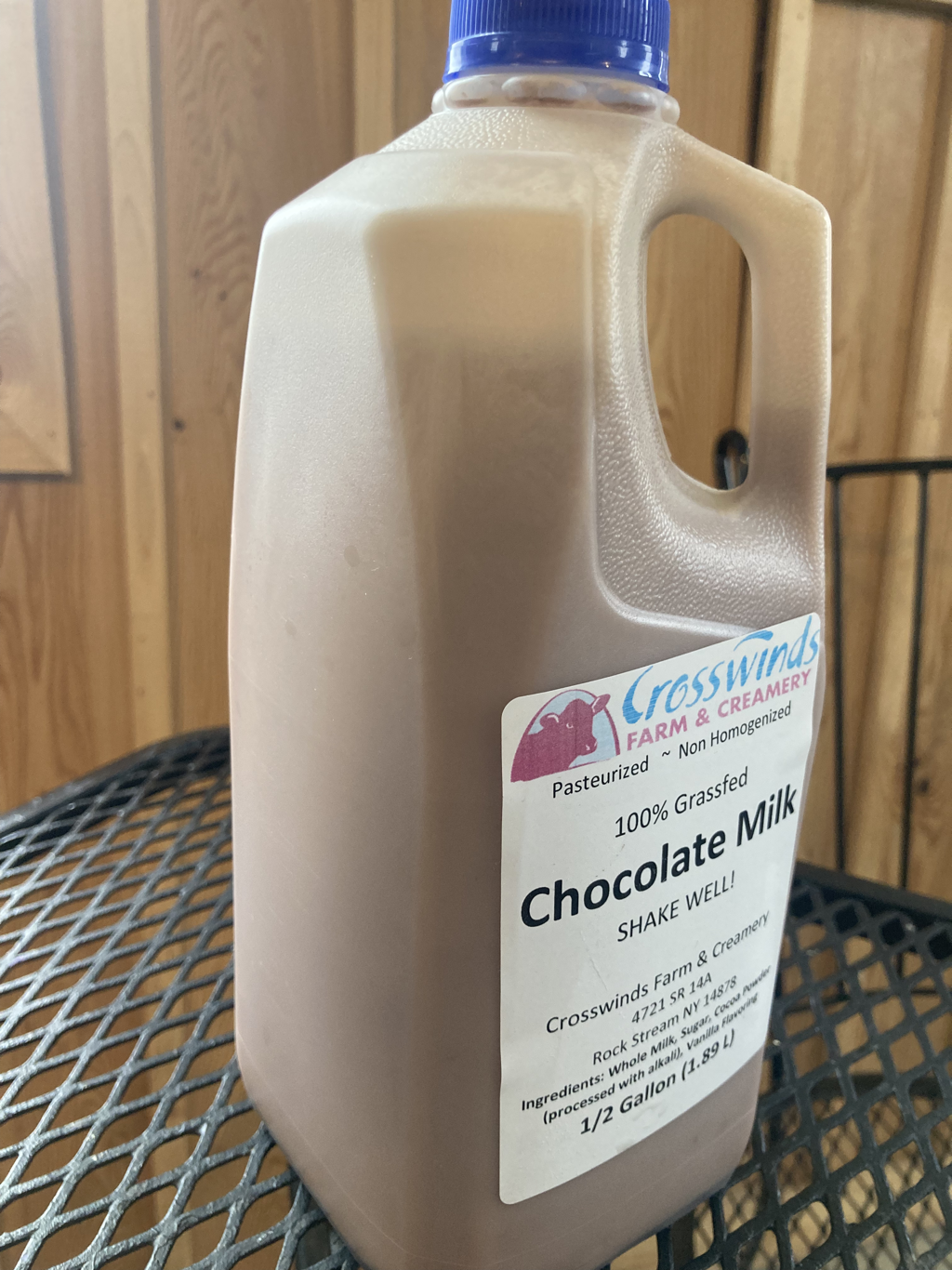
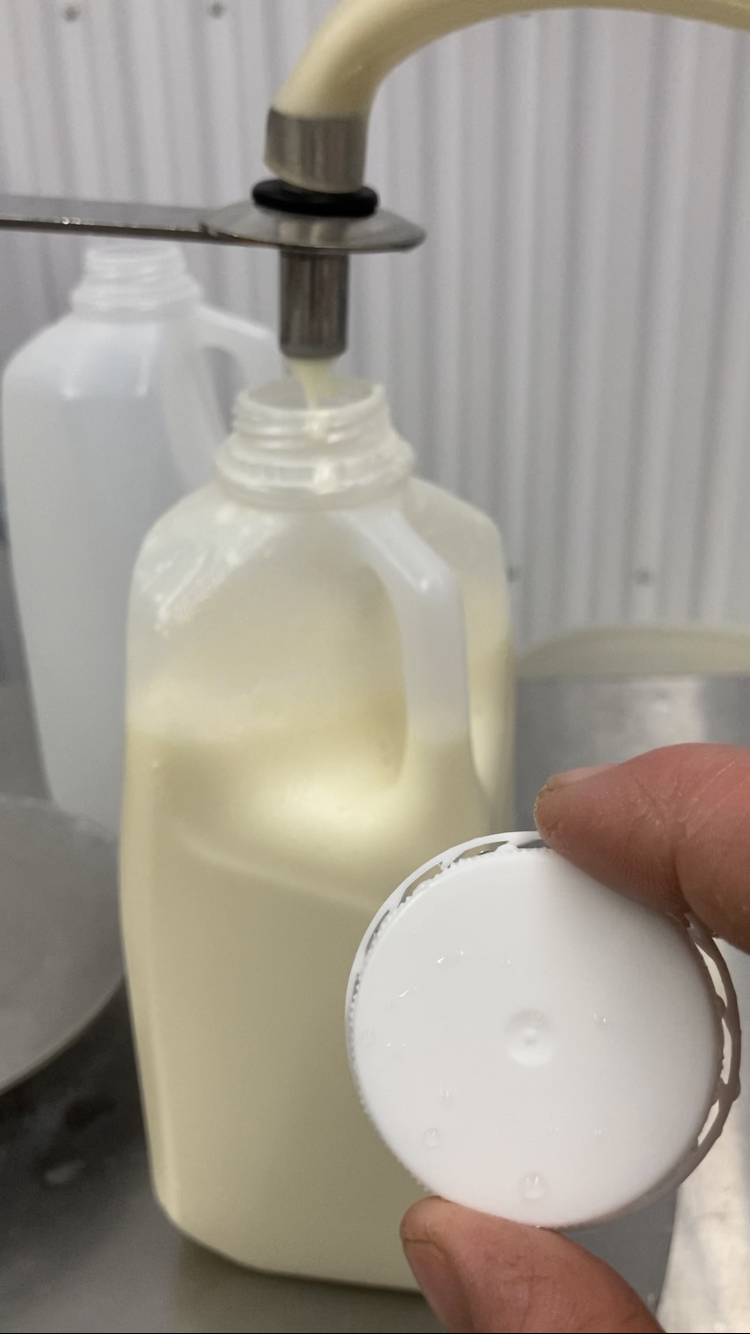
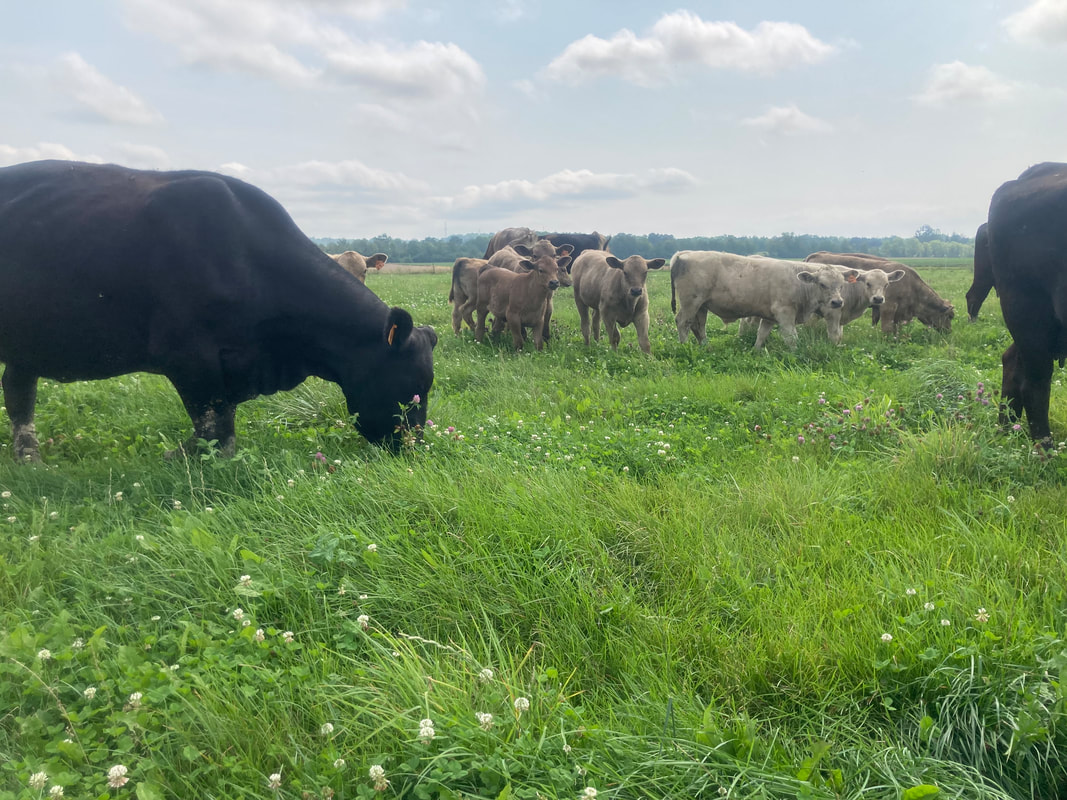
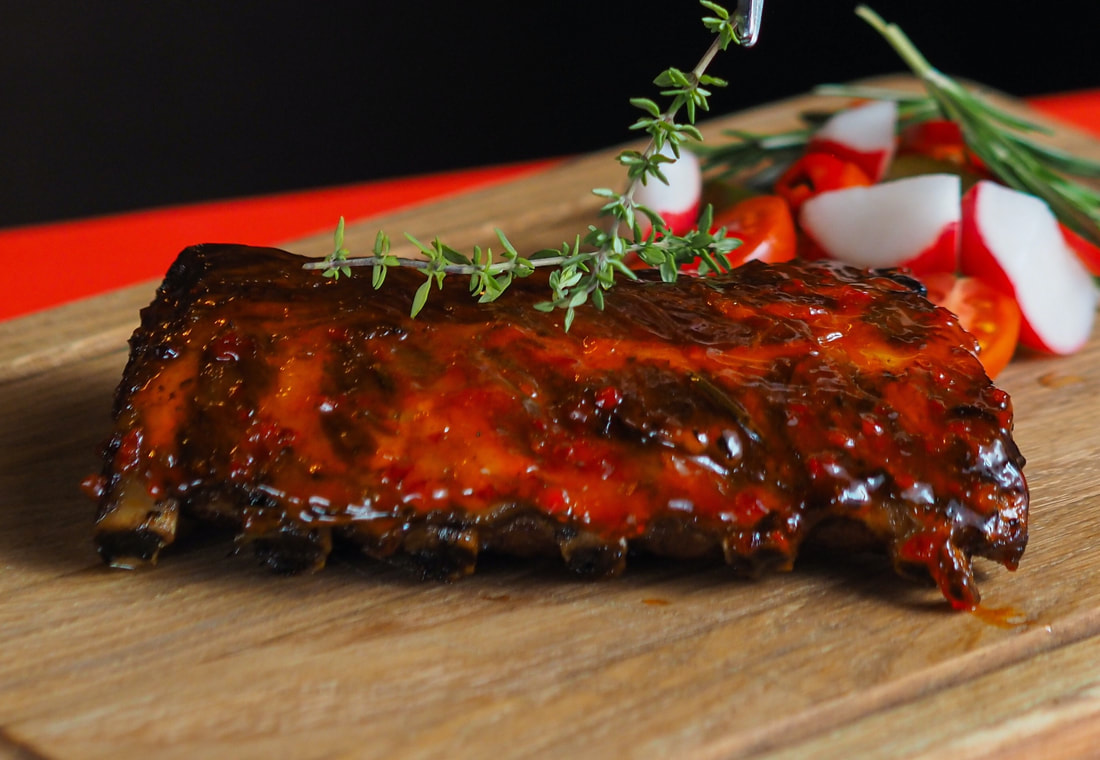
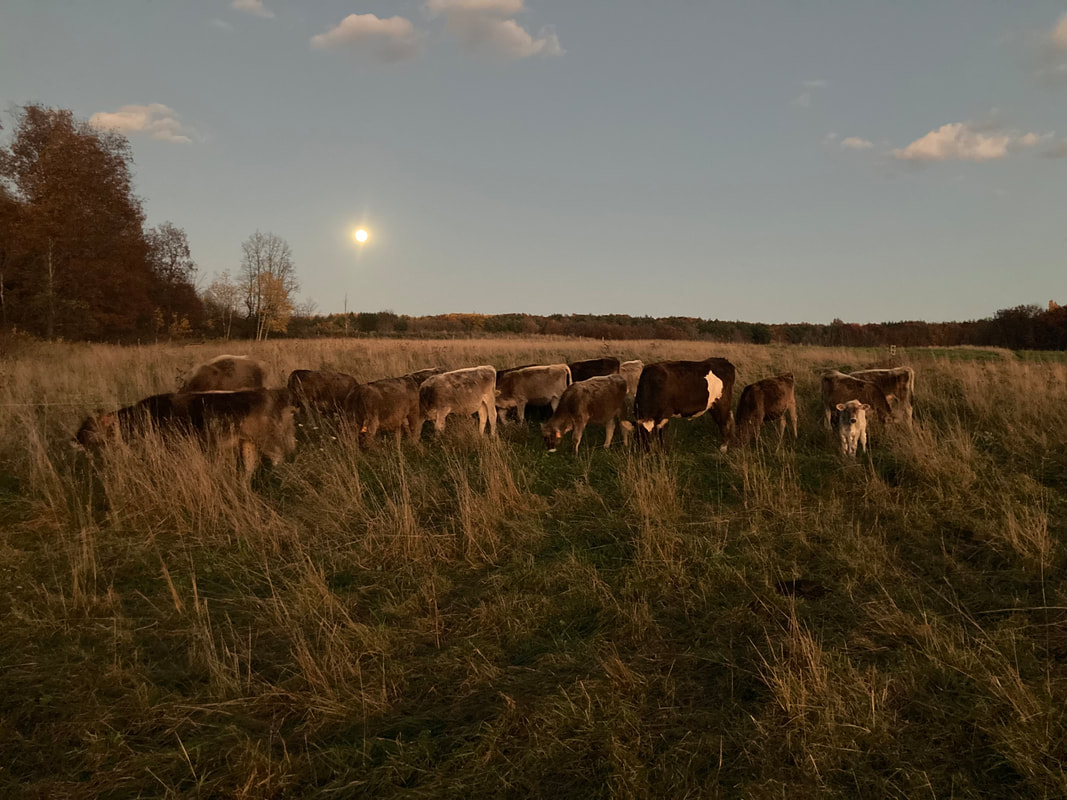
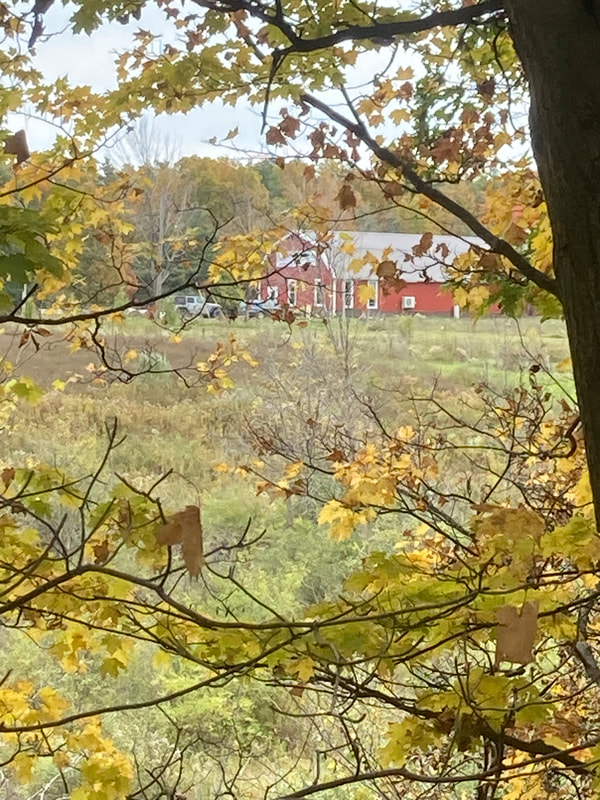
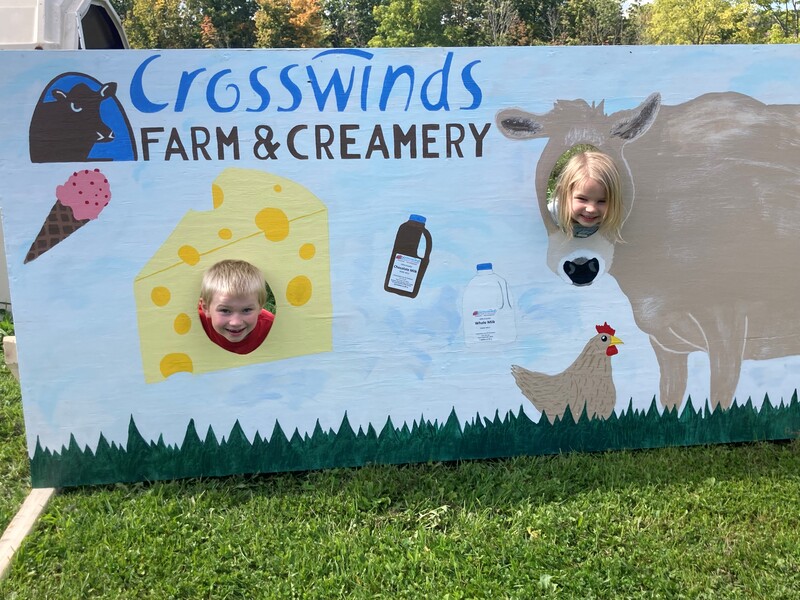
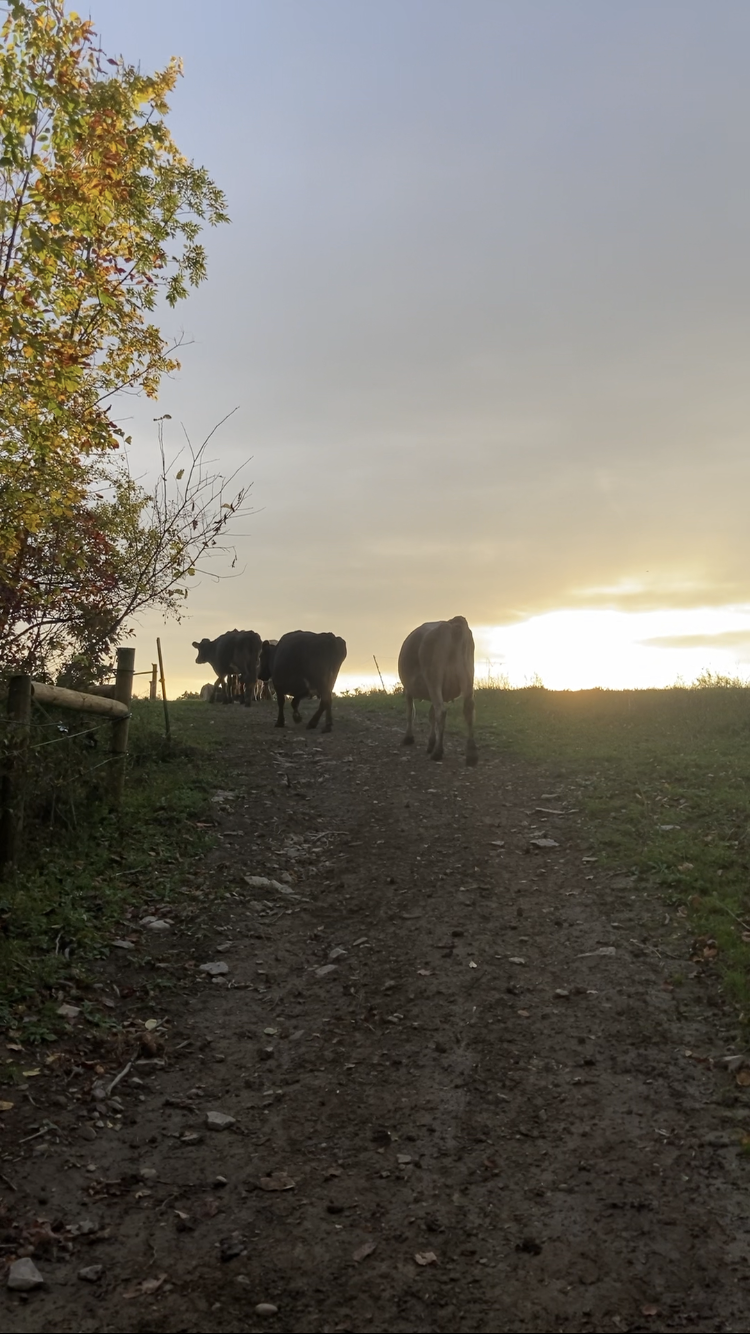
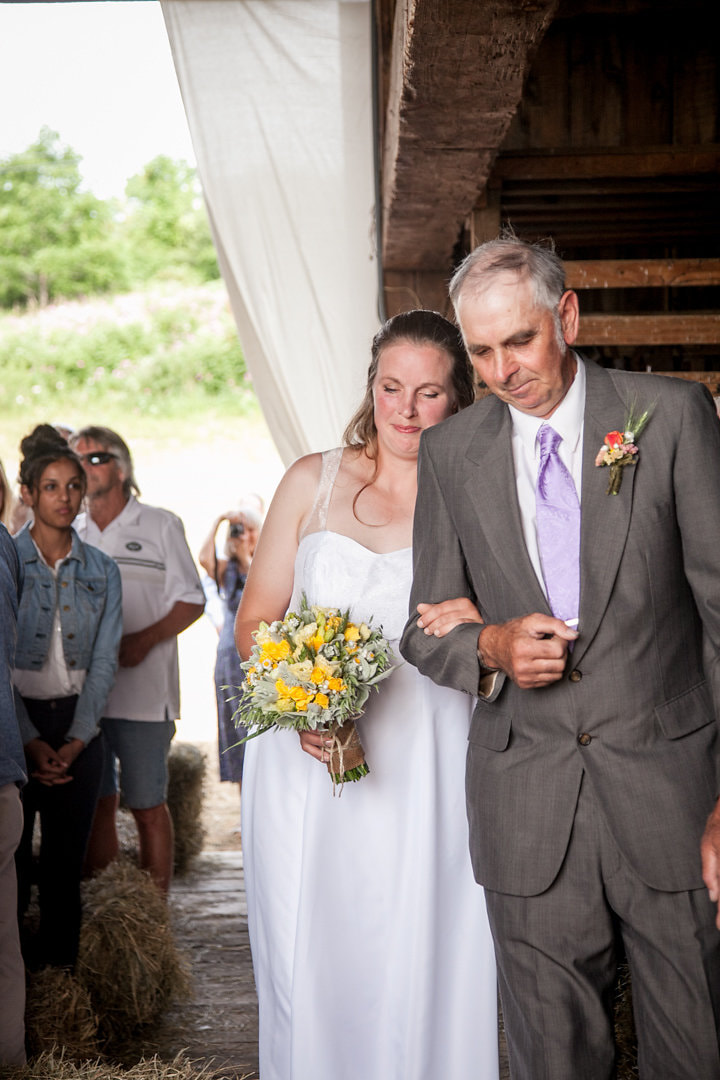
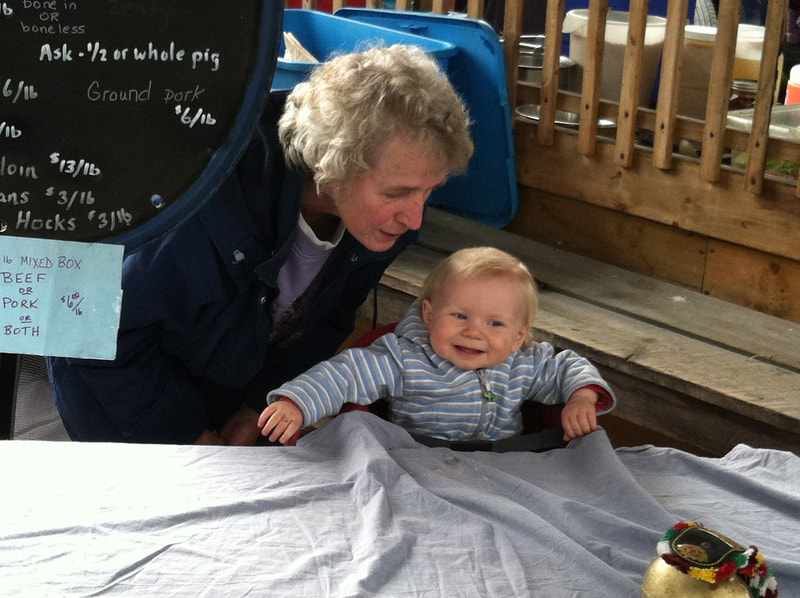
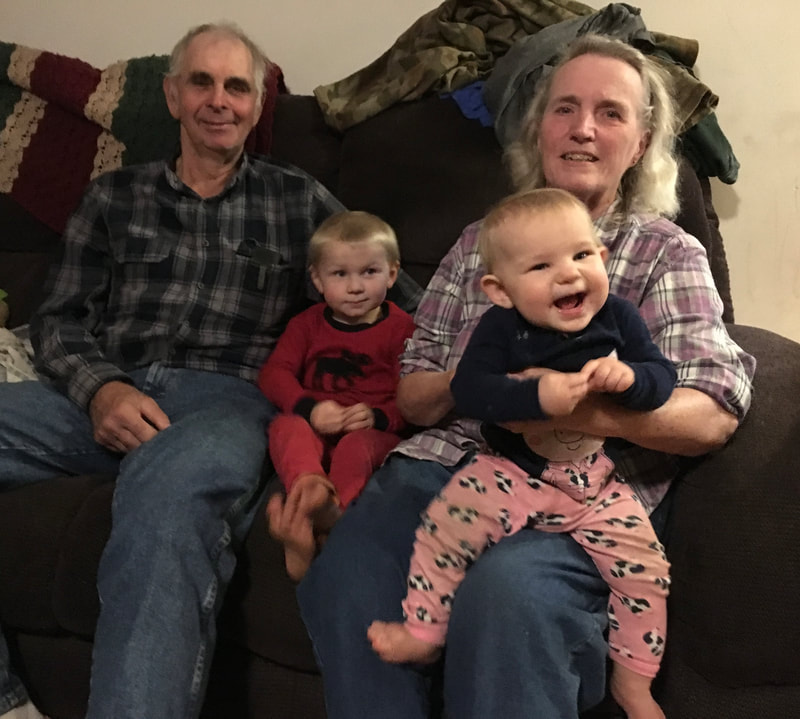
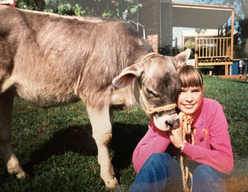
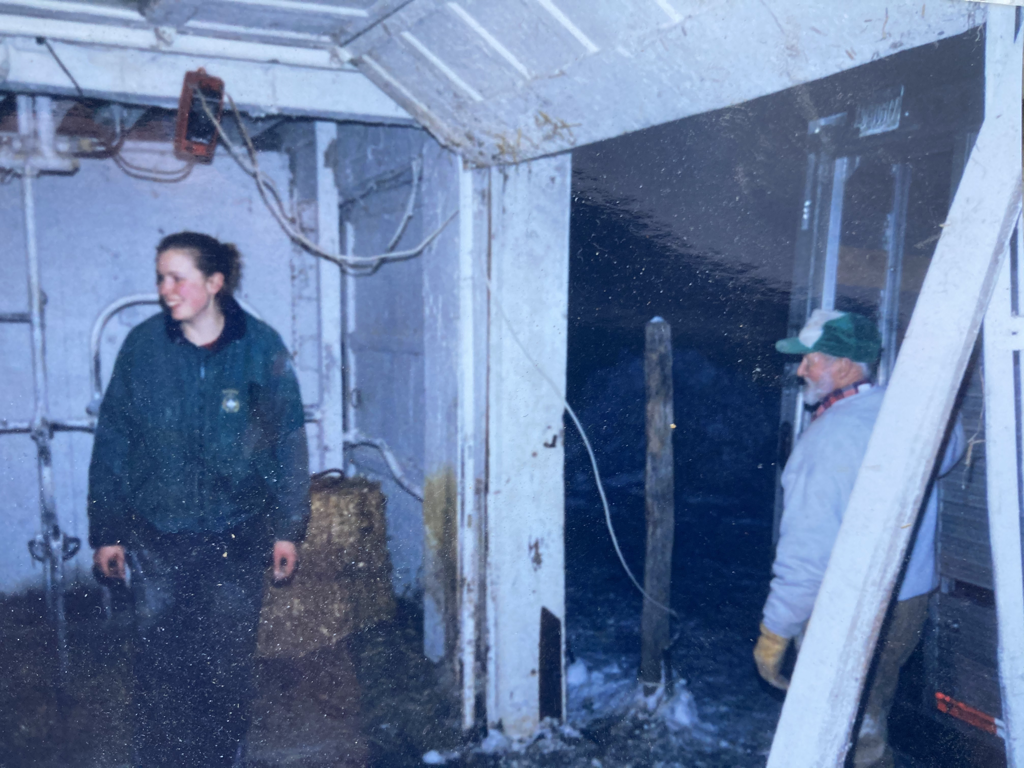
 RSS Feed
RSS Feed